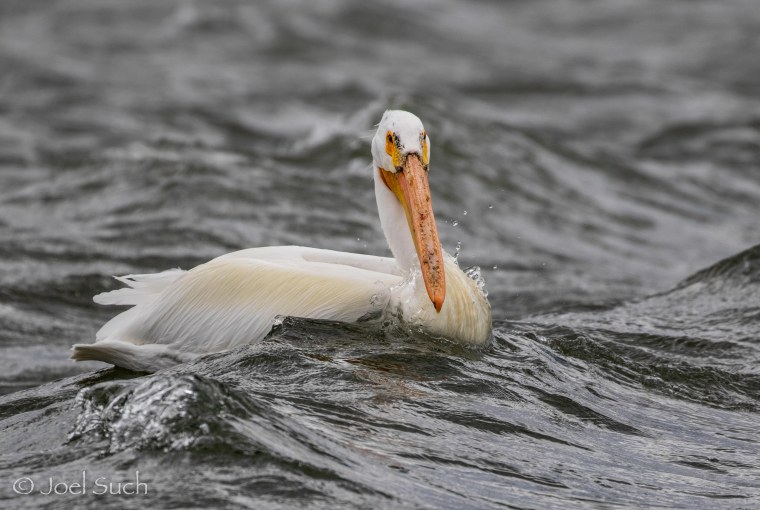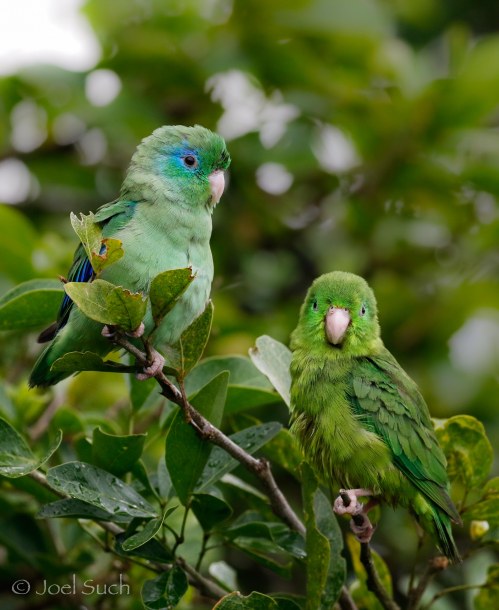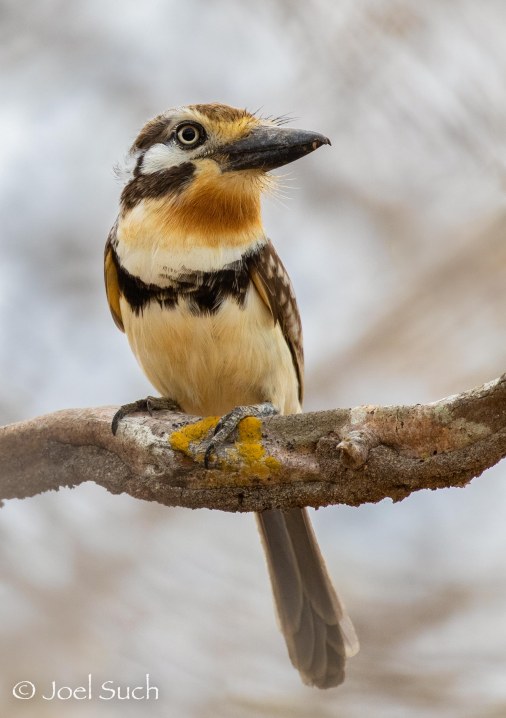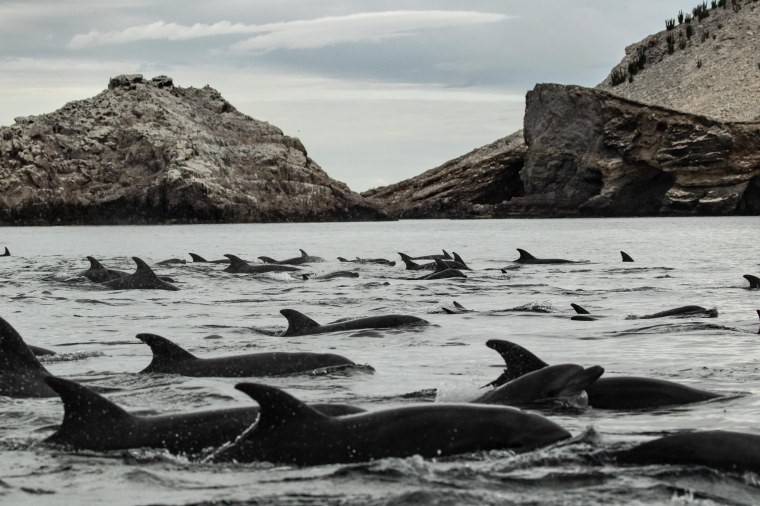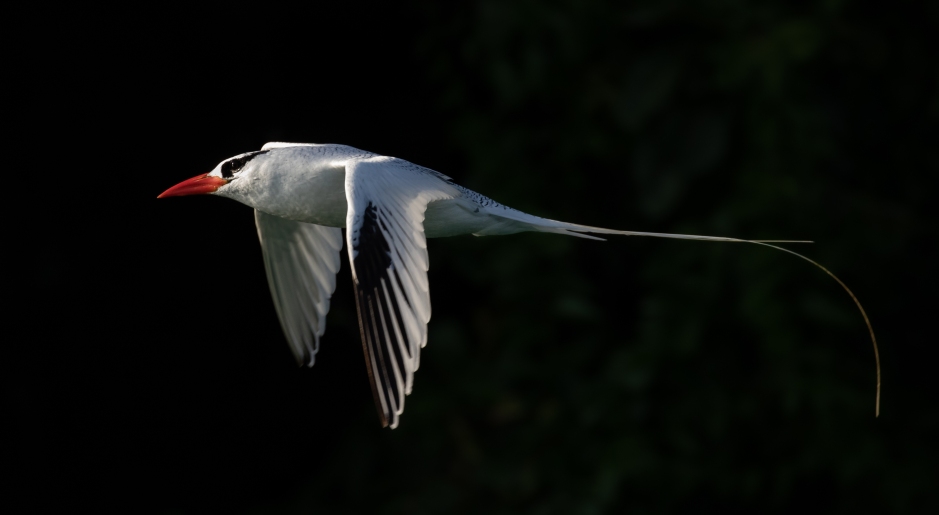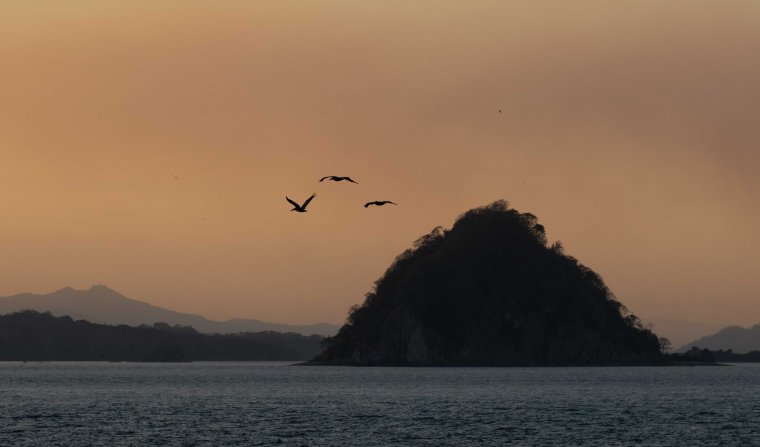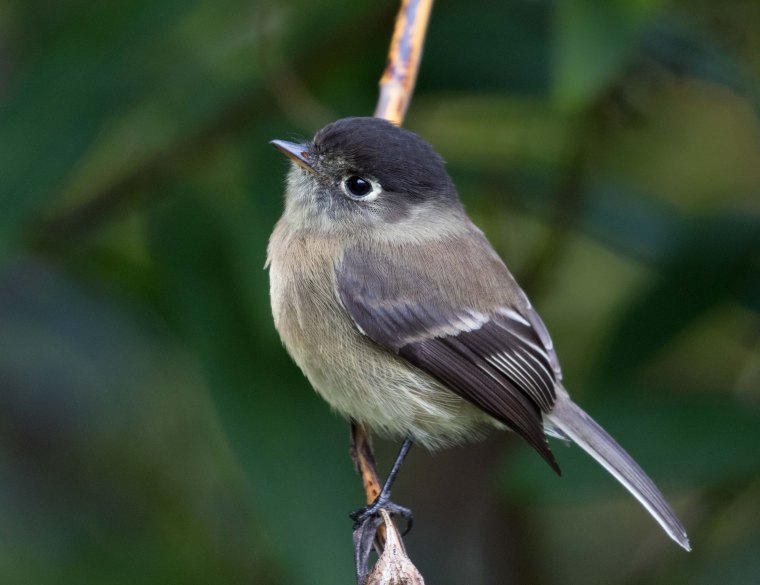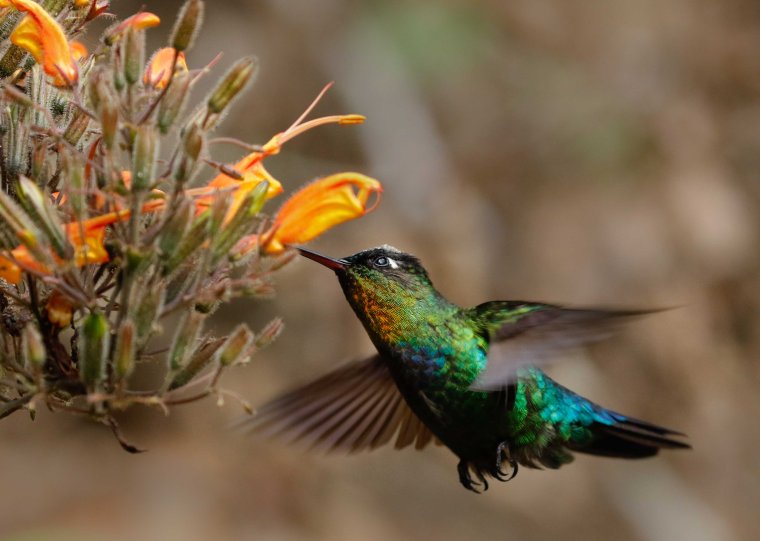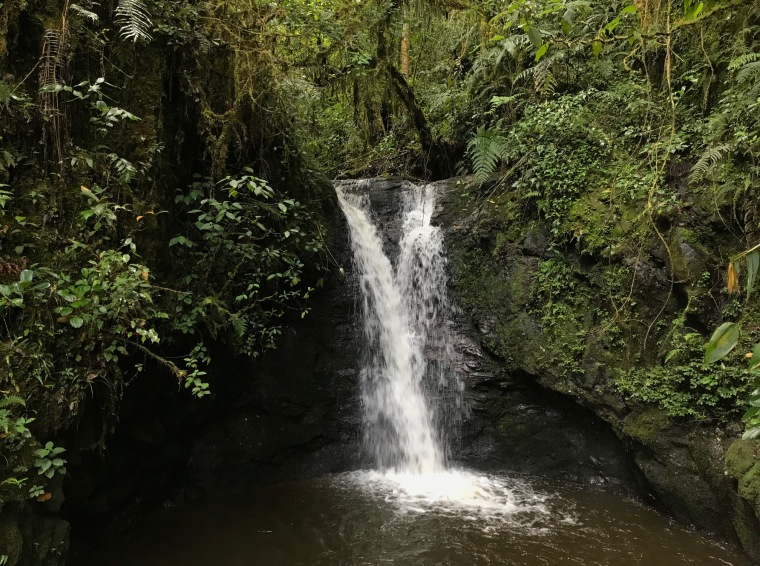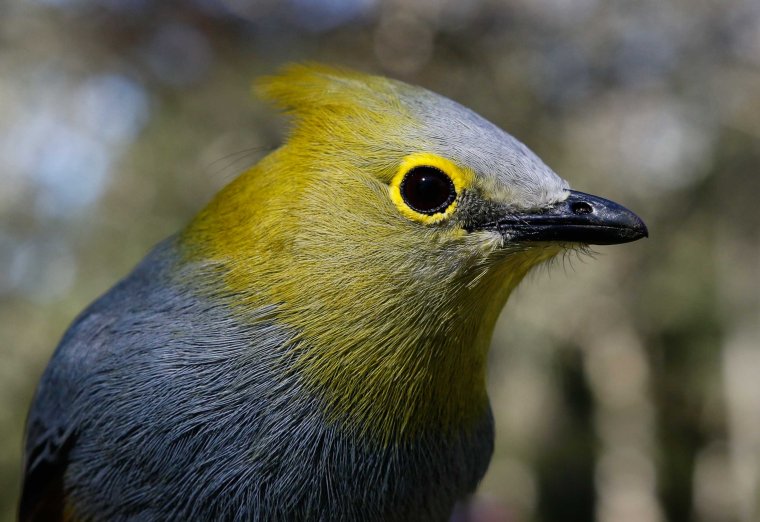The year 2019 was yet another year chocked full of action-packed adventures and amazing experiences. I spent half the year in the incredibly beautiful and diverse country of Colombia guiding at Parque Nacional Natural Tatamá (Montezuma Rainforest) and continuing my explorations of other regions. As well, a few weeks were spent in Panama where I had the privilege of visiting two of the country’s premier eco-lodges, Mount Totumas Cloud Forest in the highlands and Tranquilo Bay Eco Adventure Lodge in the Caribbean. As a second-year limited-residency student at Prescott College, I also had the opportunity to participate in amazing and rewarding field classes, Community-Based Conservation in Costa Rica, and a suite of Marine Studies courses at the Prescott College Kino Bay Center in the Gulf of California, Mexico. Though my time at home in Colorado was very limited this year, I had the honor of assisting with American Birding Associations’ Camp Colorado for young birders, guiding for Colorado Birding Adventures, and birding around my hometown of Lyons. Thanks to everyone who helped make 2019 unforgettable!





